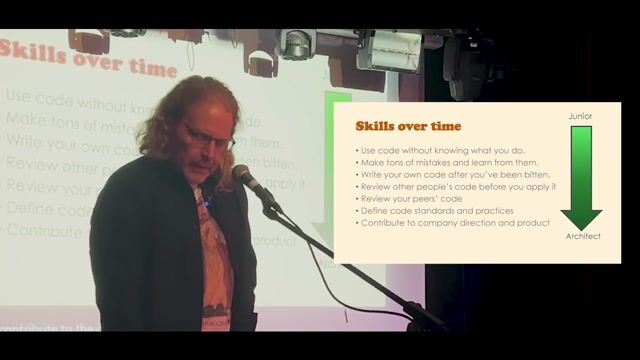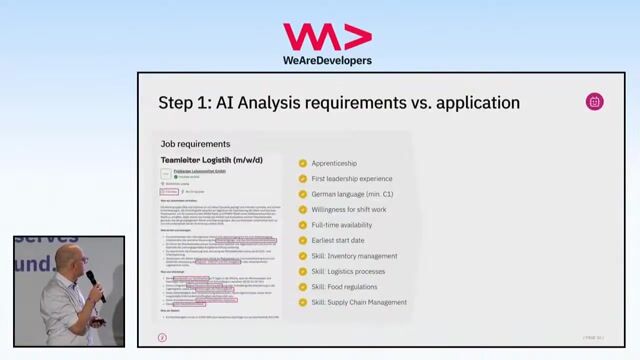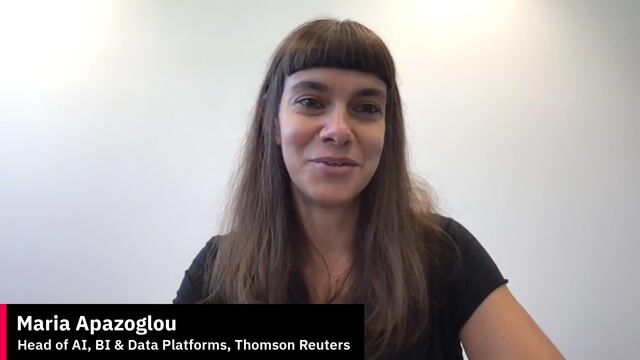Data Scientist - Reply
Role details
Job location
Tech stack
Job description
As a Data Scientist at Data Reply, you will play a hands-on role in designing, building, and deploying data-driven solutions using machine learning (ML) and generative AI (GenAI) techniques on AWS. You will work alongside senior data scientists and engineers to transform business problems into scalable ML solutions and contribute to end-to-end project delivery in an enterprise setting., * Develop, train, and evaluate machine learning models using Python and popular frameworks (scikit-learn, TensorFlow, PyTorch)
- Conduct exploratory data analysis, feature engineering, model optimization, and apply statistical modeling techniques
- Build and deploy ML models on AWS SageMaker, collaborating with MLOps engineers to integrate solutions using AWS services
- Ensure responsible AI by implementing model explainability and bias detection techniques
- Apply deep learning models (e.g., RNN, LSTM) on client projects and prototype new AI capabilities (multi-modal, synthetic data, agent-based systems)
- Work with cross-functional teams to deliver scalable AI solutions, and translate technical results into client recommendations
- Document methodologies, maintain reproducibility, share knowledge internally, and stay updated on trends in data science and cloud ML
Requirements
This role is ideal for someone with 1-2 years of professional experience in data science who has worked on at least 2-3 enterprise-level projects and is eager to deepen their expertise in modern ML frameworks, cloud technologies, and emerging AI domains such as computer vision or GenAI., * 1-2 years of hands-on experience in data science or applied machine learning in an enterprise setting
- Strong understanding of AWS services, particularly SageMaker, S3, and Bedrock
- Proficiency in Python with experience using NumPy, pandas, scikit-learn, and one deep learning framework (PyTorch or TensorFlow)
- Experience working with structured and unstructured data, using SQL or Pandas for data manipulation
- Experience using Git, Jupyter Notebooks, and collaborative environments
- Experience in computer vision, natural language processing (NLP), or generative AI applications
- Familiarity with LangChain, Hugging Face, or OpenAI APIs for working with LLMs
- Experience with data pipeline tools (e.g., Airflow, Step Functions) or data validation frameworks (e.g., Great Expectations)









